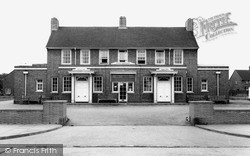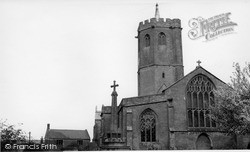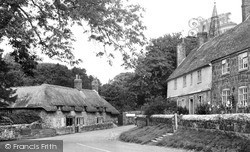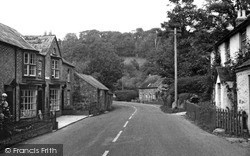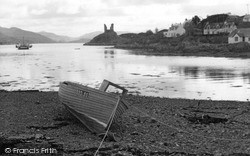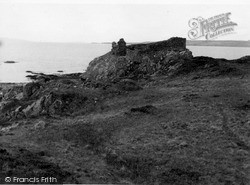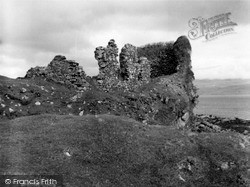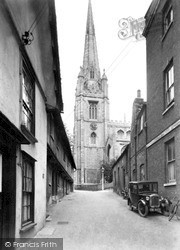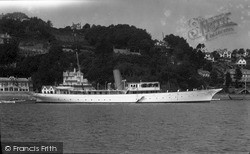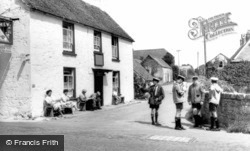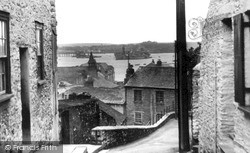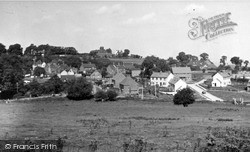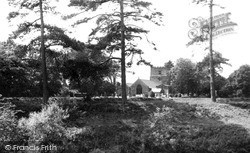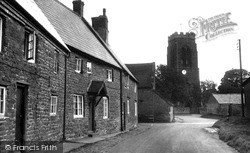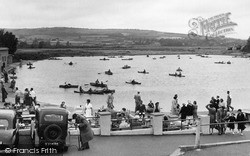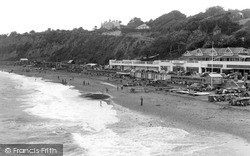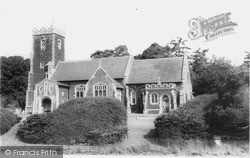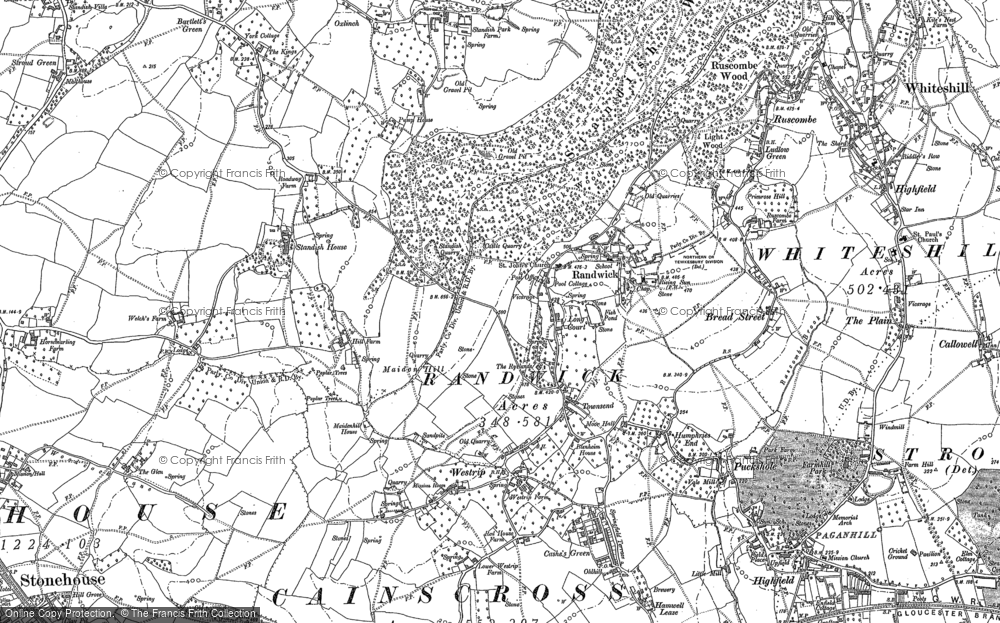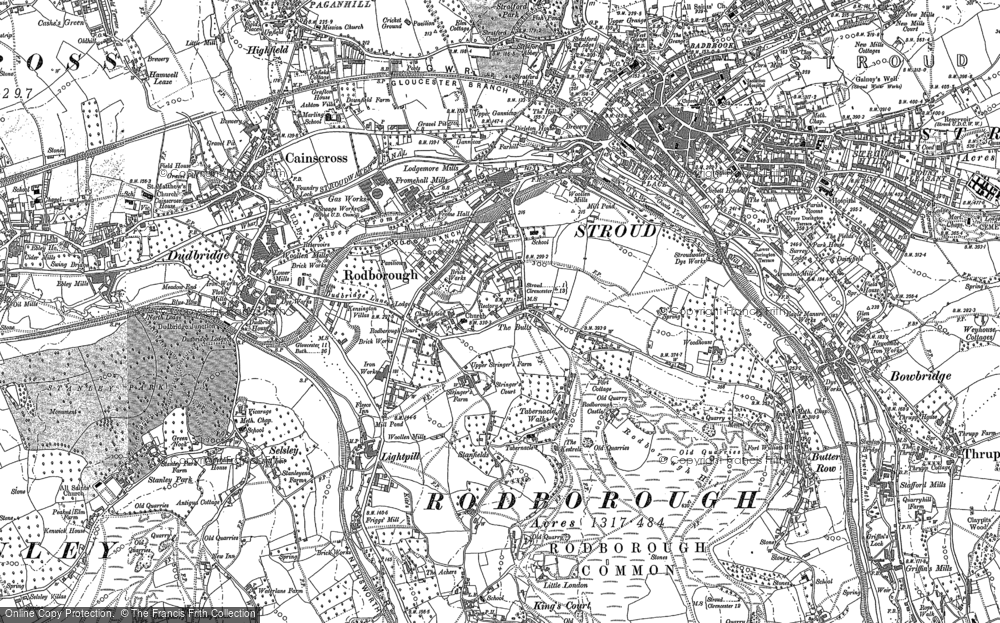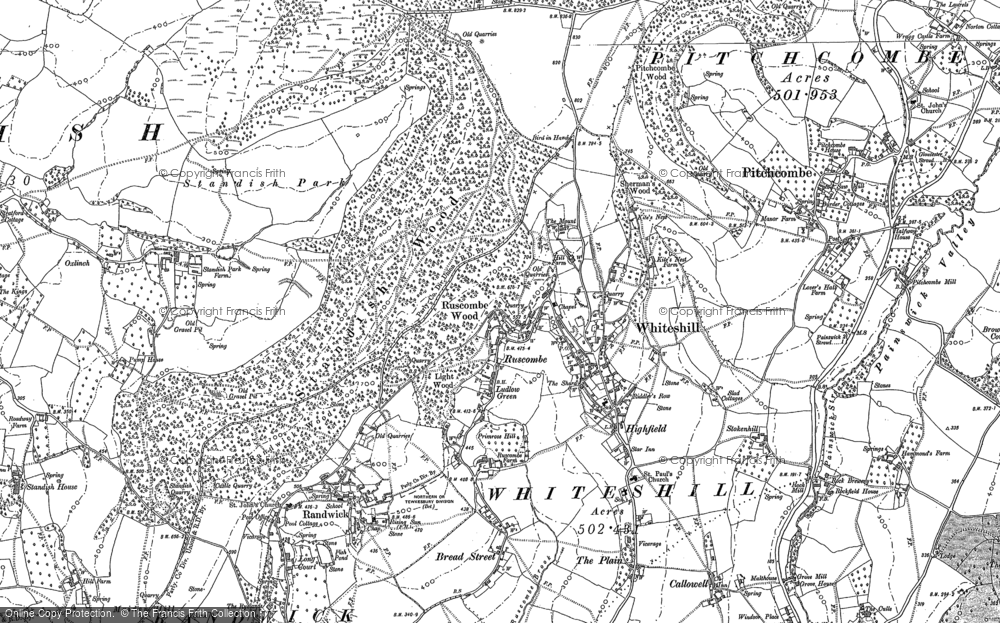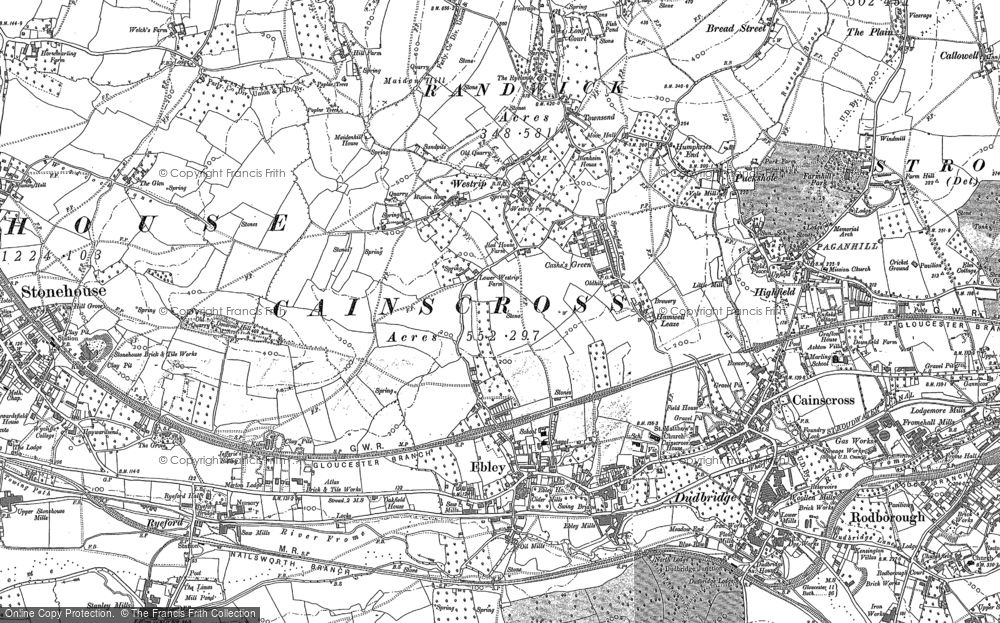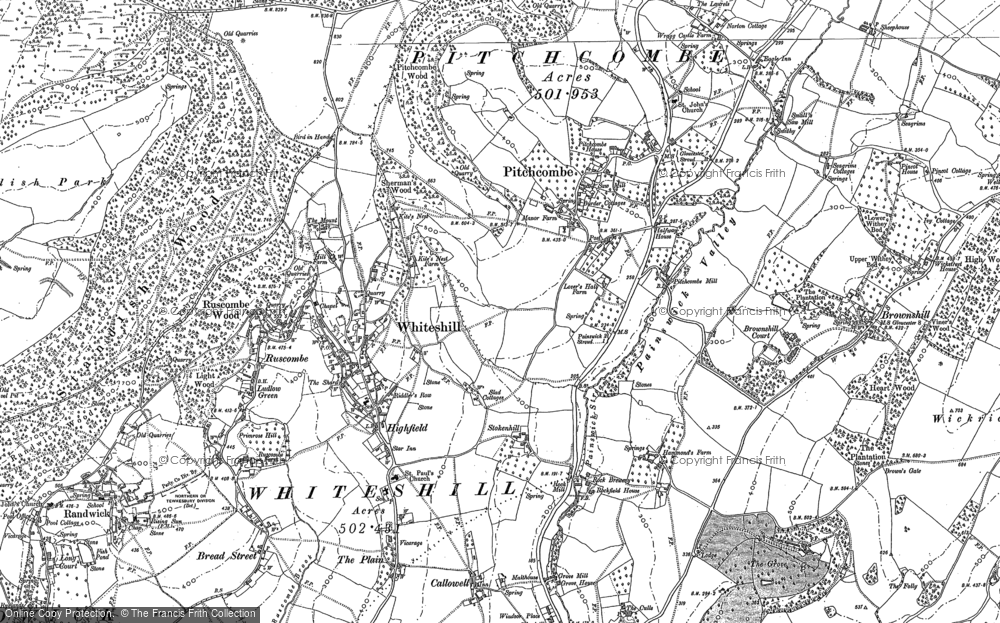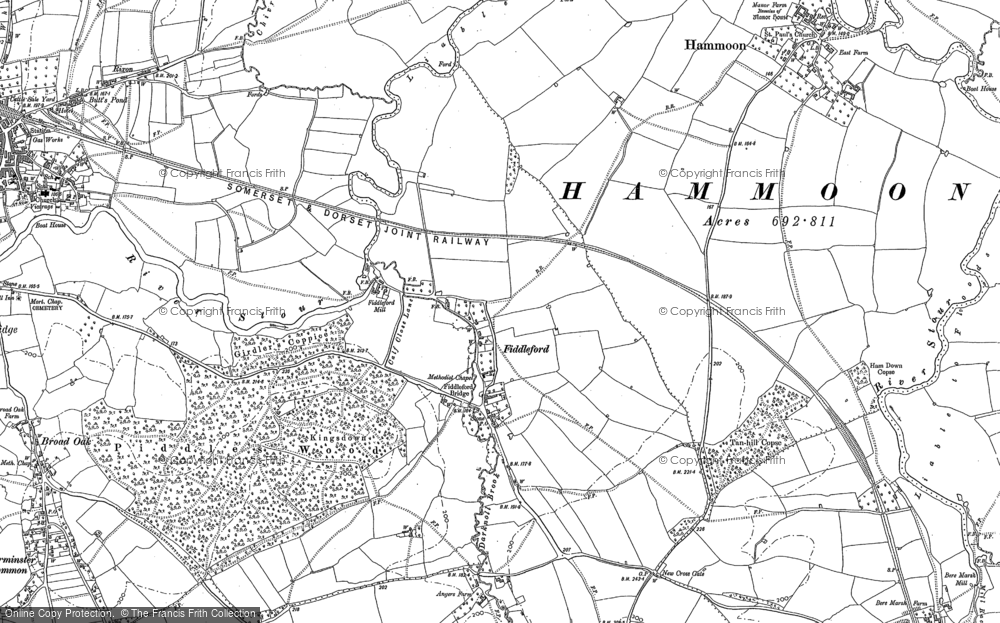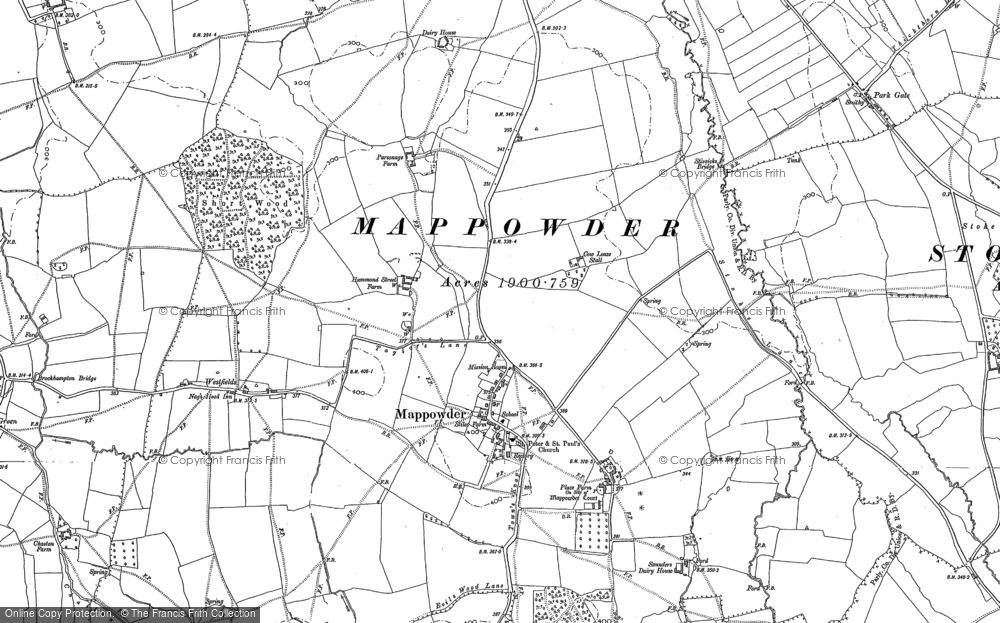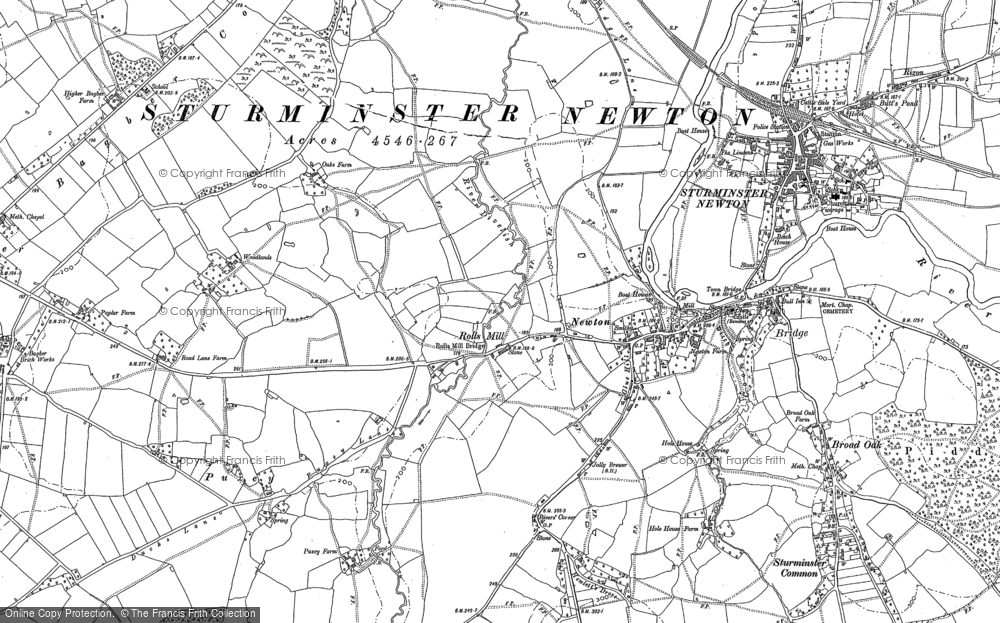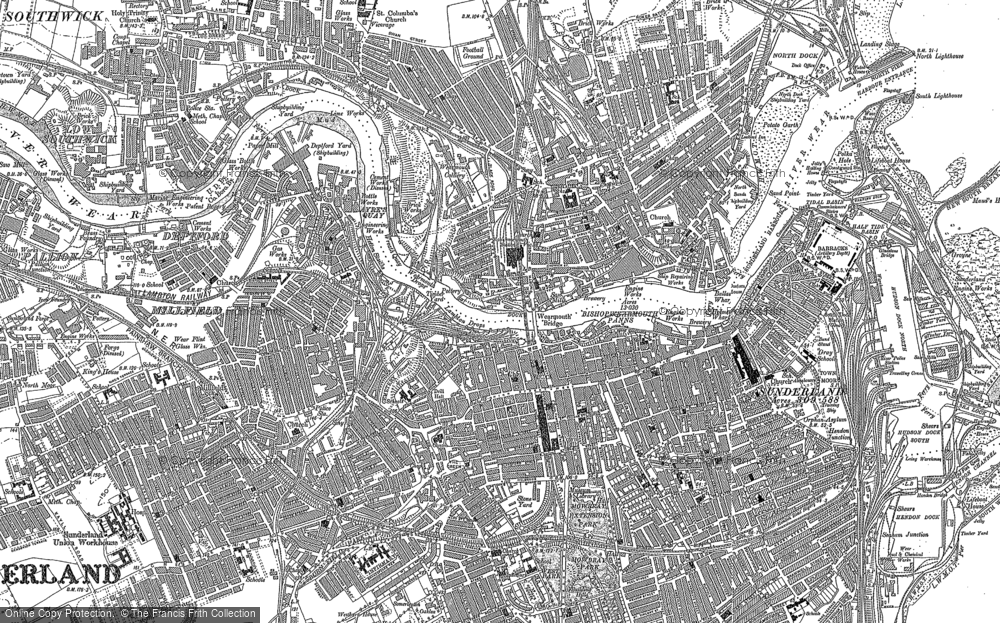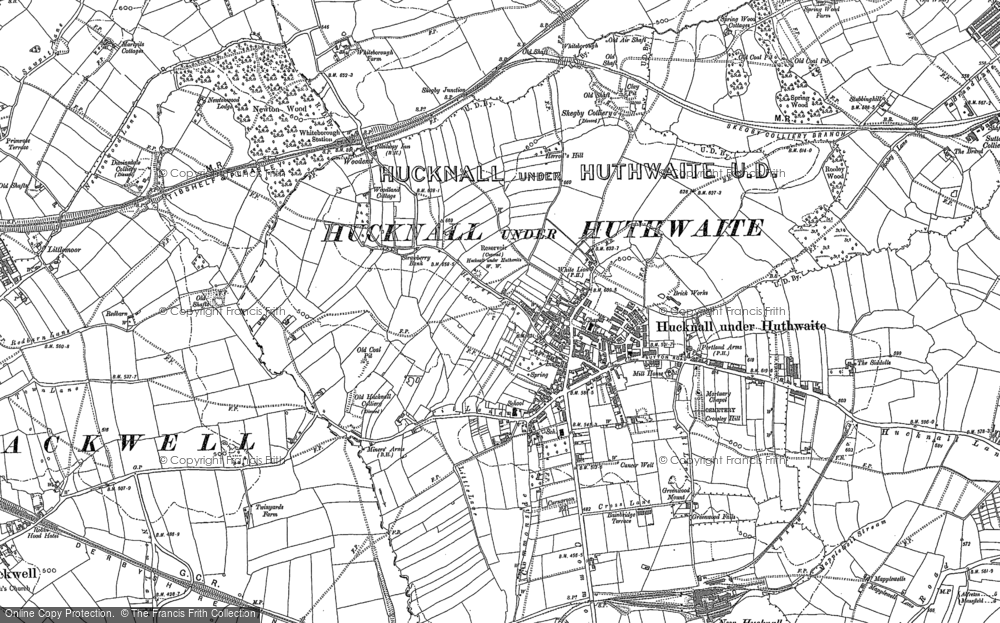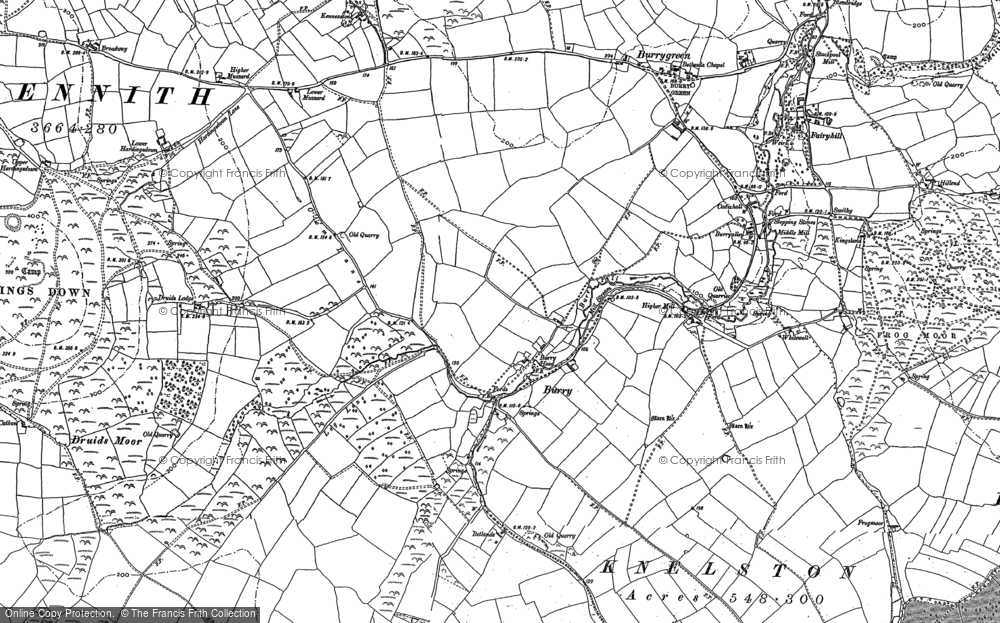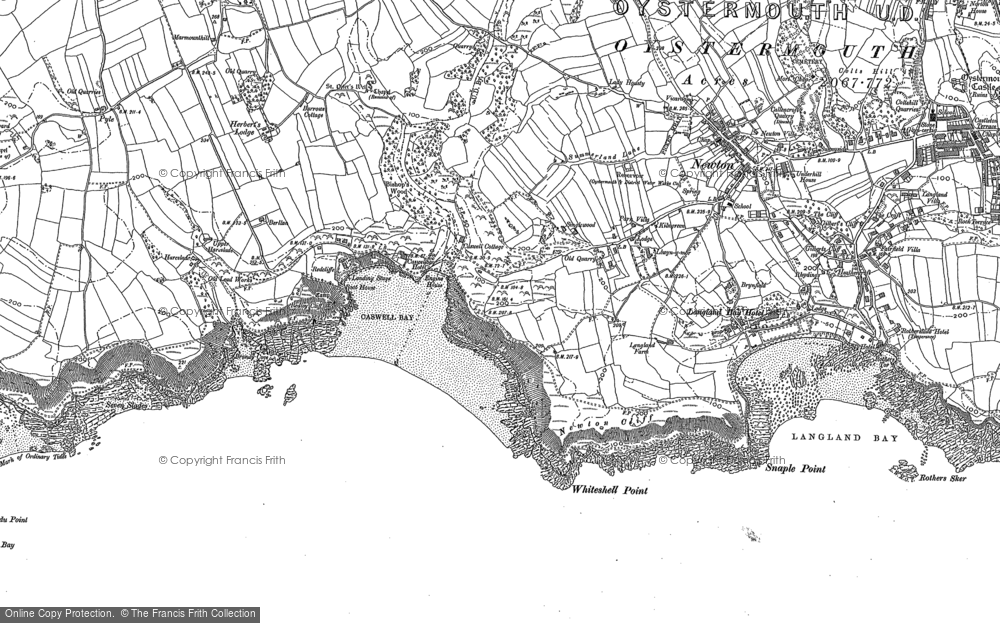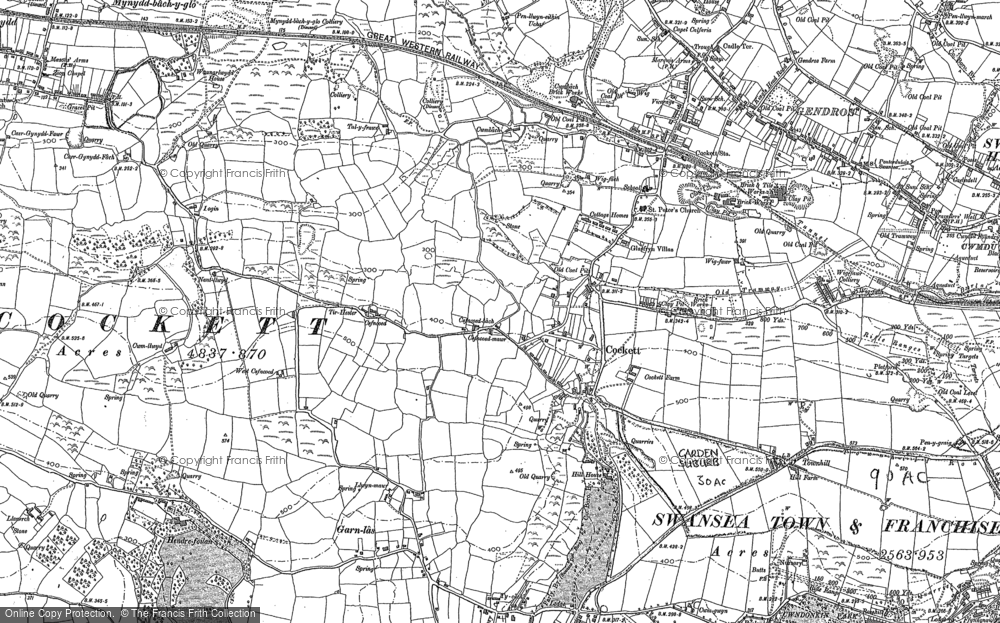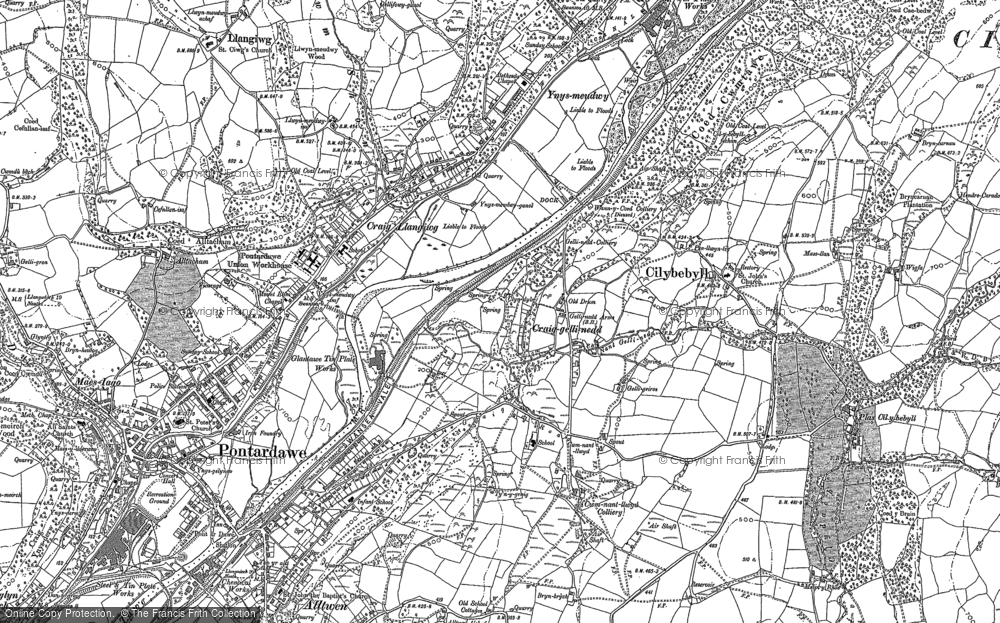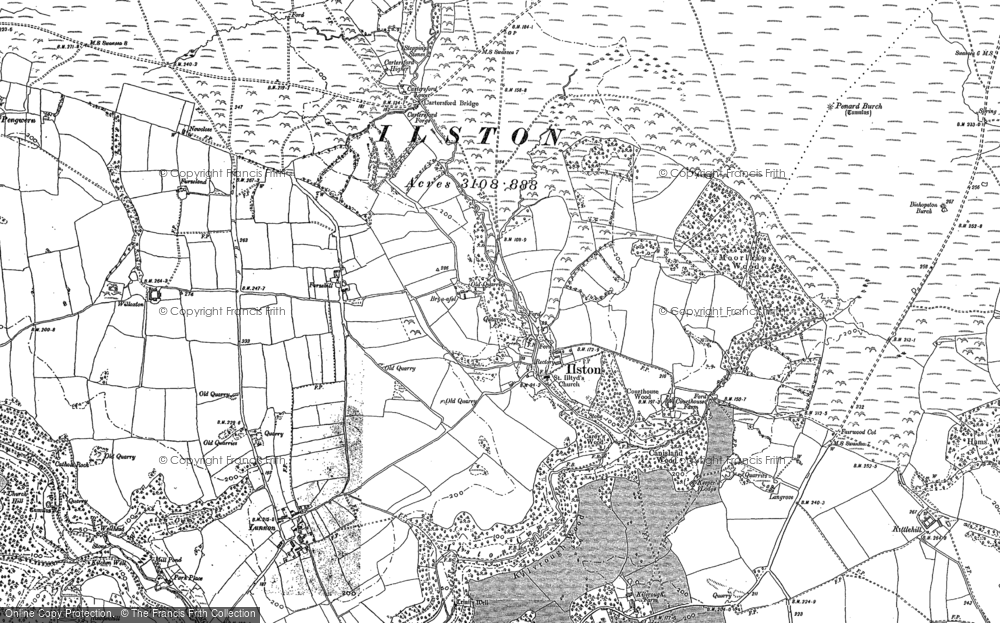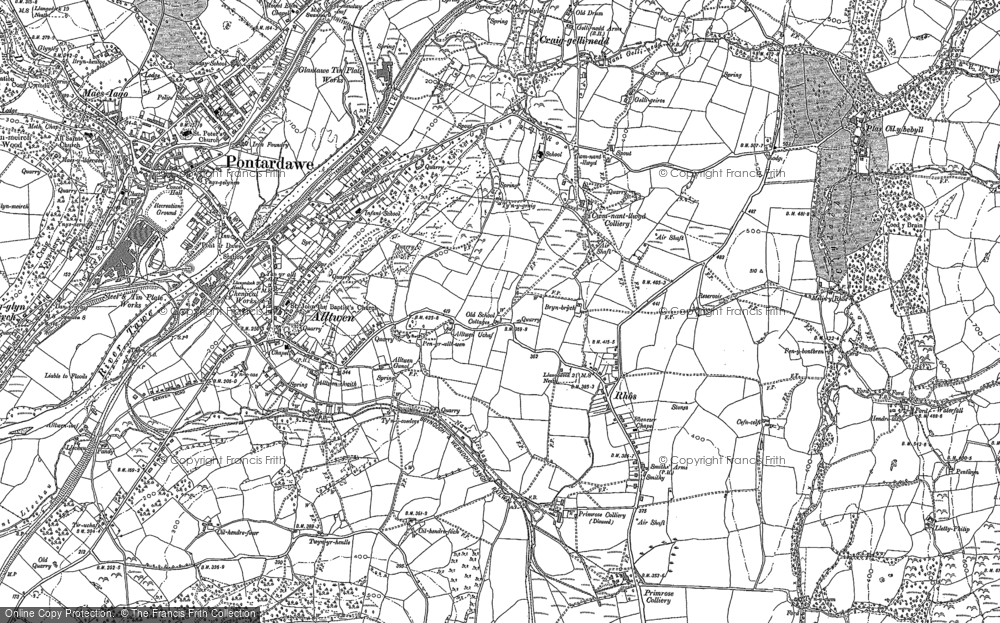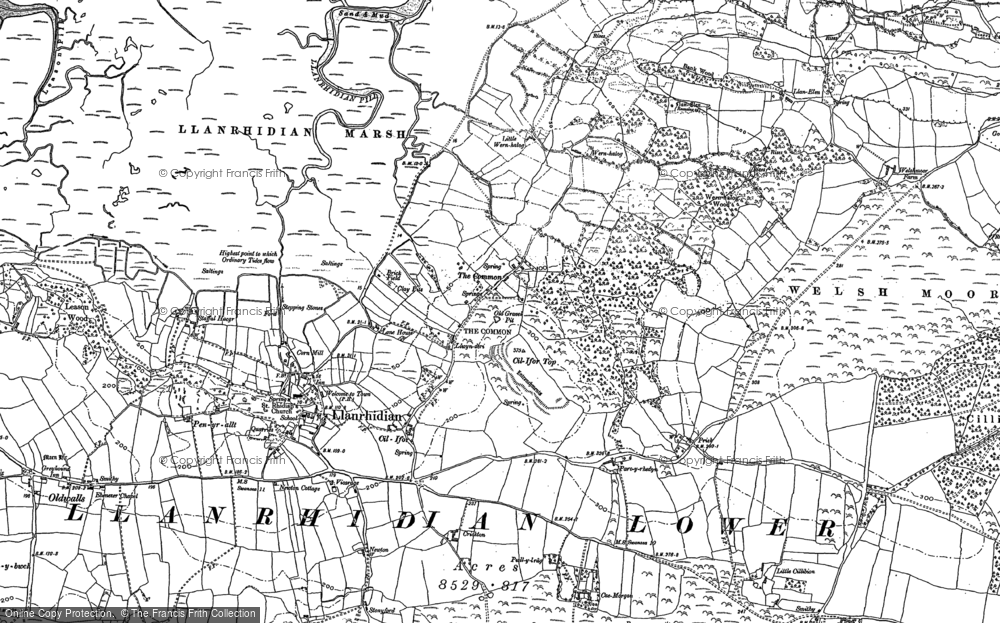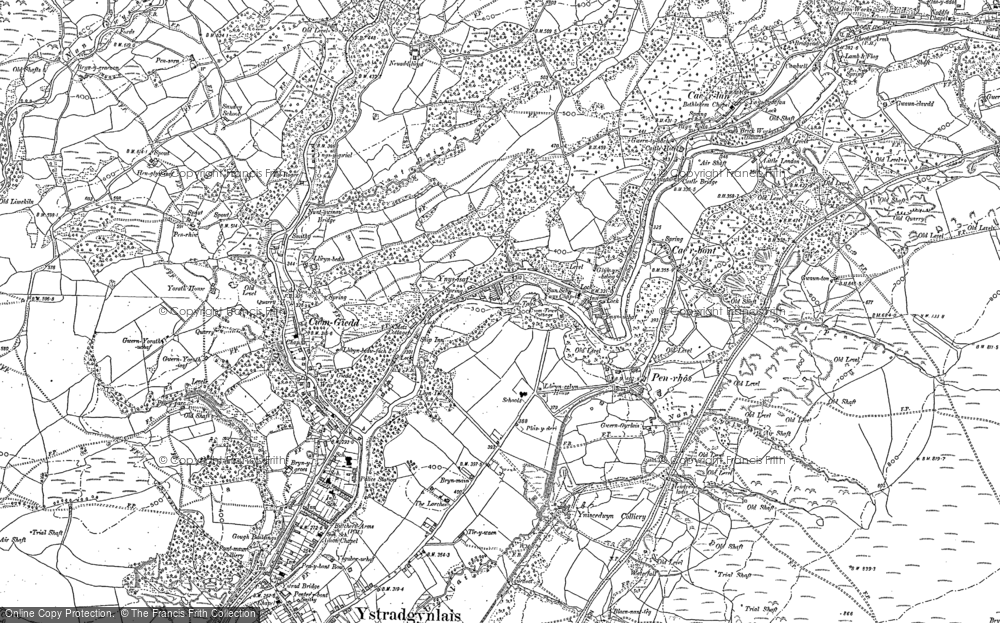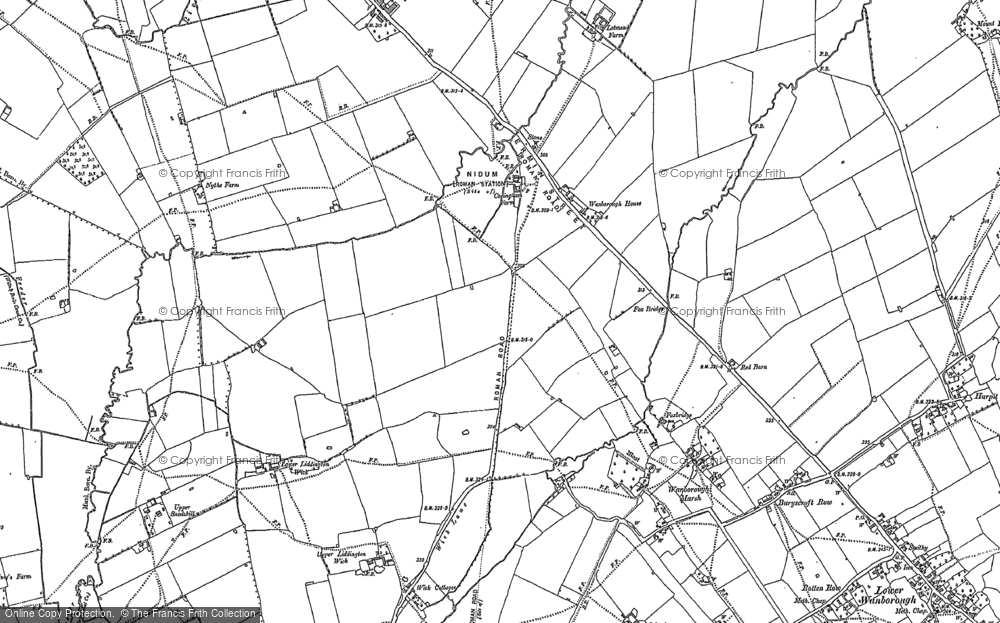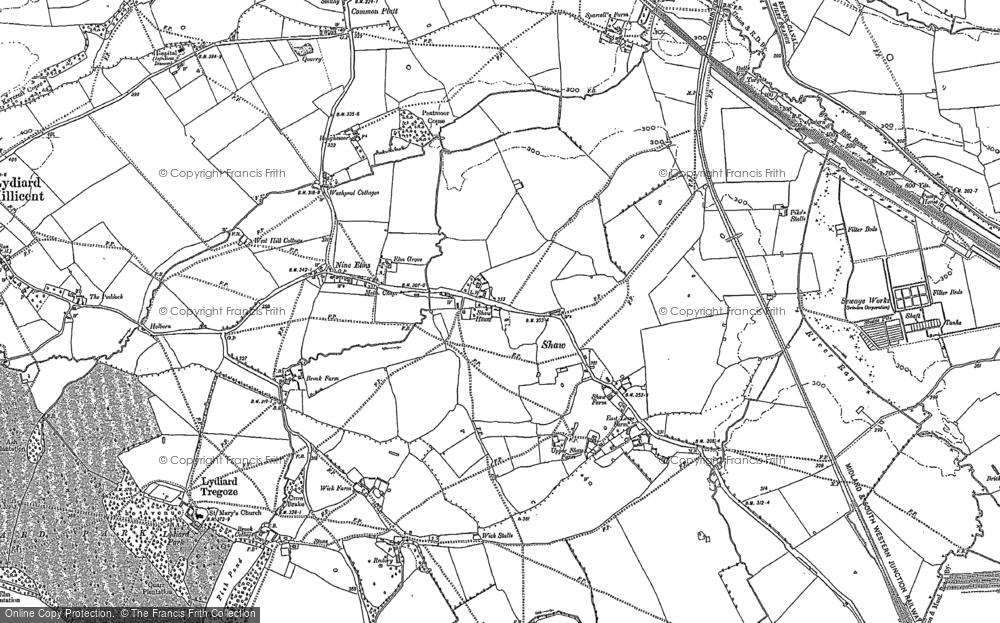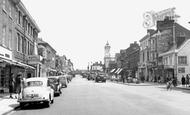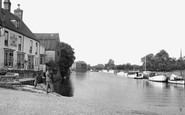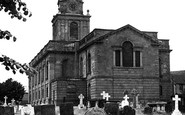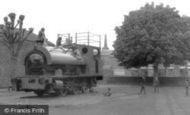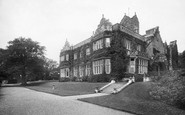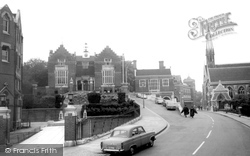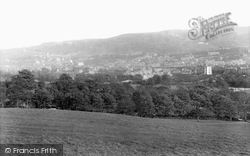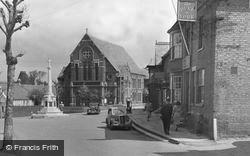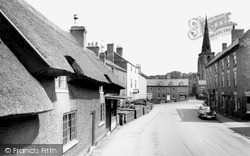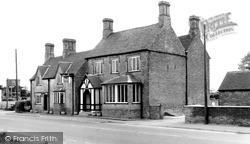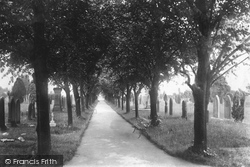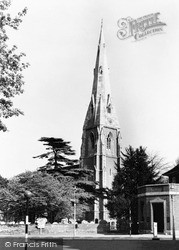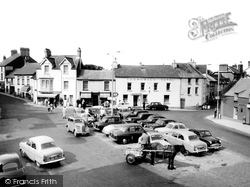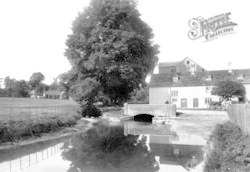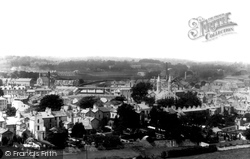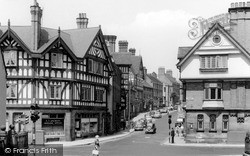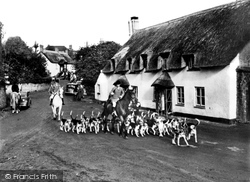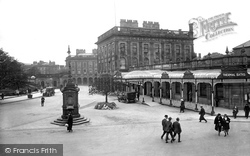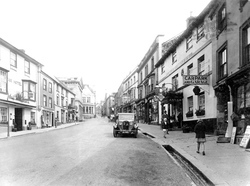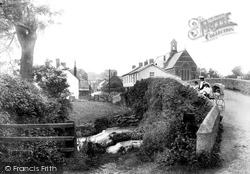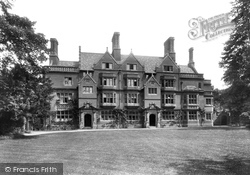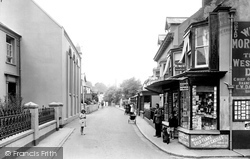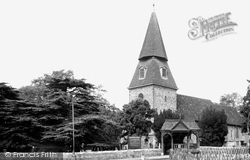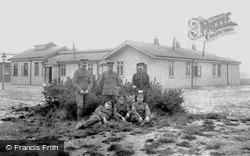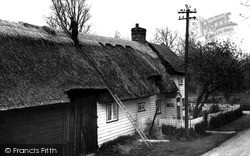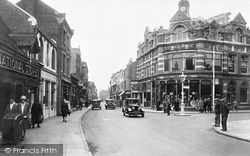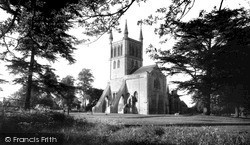Places
36 places found.
Those places high-lighted have photos. All locations may have maps, books and memories.
- Shanklin, Isle of Wight
- Ventnor, Isle of Wight
- Ryde, Isle of Wight
- Cowes, Isle of Wight
- Sandown, Isle of Wight
- Port of Ness, Western Isles
- London, Greater London
- Cambridge, Cambridgeshire
- Dublin, Republic of Ireland
- Killarney, Republic of Ireland
- Douglas, Isle of Man
- Plymouth, Devon
- Newport, Isle of Wight
- Southwold, Suffolk
- Bristol, Avon
- Lowestoft, Suffolk
- Cromer, Norfolk
- Edinburgh, Lothian
- Maldon, Essex
- Clacton-On-Sea, Essex
- Felixstowe, Suffolk
- Norwich, Norfolk
- Hitchin, Hertfordshire
- Stevenage, Hertfordshire
- Colchester, Essex
- Nottingham, Nottinghamshire
- Bedford, Bedfordshire
- Bury St Edmunds, Suffolk
- Aldeburgh, Suffolk
- St Albans, Hertfordshire
- Hunstanton, Norfolk
- Chelmsford, Essex
- Bishop's Stortford, Hertfordshire
- Peterborough, Cambridgeshire
- Brentwood, Essex
- Glengarriff, Republic of Ireland
Photos
11,145 photos found. Showing results 4,941 to 4,960.
Maps
181,031 maps found.
Books
442 books found. Showing results 5,929 to 5,952.
Memories
29,069 memories found. Showing results 2,471 to 2,480.
Remembering My Aunt And Uncle Nellie And Nobby Clarke
I have fond memories of Dunstable from when I was 9 years old, going to the market on a Friday with my mum and Aunt Nellie. The market was held to the right of the picture.
A memory of Dunstable in 1955 by
The Cutter Inn
I am not entirely sure of the year, but I am told that one of my great grandfather's brothers owned this Inn at one time. I would love to hear from anyone that can shed more light on this.
A memory of Ely in 1880 by
My Wedding Day
Hi there, I was married in The Church of The Holy Cross on November 1st 1958. It was a very cold day as you would imagine, being Winter time, but it was a lovely sunny day. I remember walking up to the big doors on my father's arm ...Read more
A memory of Daventry in 1958 by
My Memories Of Broadstone
My earliest memories of Broadstone stem from about 1937 when I was five years old. We lived in Southbourne at the time and frequently went to Broadstone at weekends to visit my "aunt Flo" and her family who lived at ...Read more
A memory of Broadstone by
Evac
I was evacuated to Balcombe in 1940 along with the Stanley Technical College pupils from south London. At first, 3 of us were billited at Monks, a large and beautiful home some 3 km out of the village. At that time the Johnston family owned ...Read more
A memory of Balcombe in 1940 by
Round The Rec
Hi there I remember the day that this engine arrived in the rec. It was a source of great entertainment for us youngsters particulary, as originally everything was accessible. I remember climbing up on the footplate and seeing a ...Read more
A memory of Daventry in 1965 by
Harry Street
My gran lived on Harry Street in the 1960's and early 70's. I remember playing near the Trafford swing bridge and the excitement when it was opened. Old terraced houses slums by then. Corner shops and the horrible smell from the canal. ...Read more
A memory of Salford by
Abc Minors Club
Seeing the photograph of the old Ritz cinema reminded me of the time when I was a member of the Ritz Minors Club from approx. 1947 until 1952. We all paid 6 old pence to have a morning at the "pictures" watching films like Flash ...Read more
A memory of Nuneaton in 1947 by
The Mchugh Family Nbsp 1963 1965
Hello all, my name is Terry McHugh Junior, as I am apparently the first to hit this site I will share with you my early childhood memories of that lovely village in Yorkshire, Eppleby. We moved into Eppleby in ...Read more
A memory of Eppleby by
My Grandparents
I believe my grandparents worked at Warnham Court during this period. I have some photos of the staff and house etc. My grandfather's name was Arthur Butler.
A memory of Warnham Court School in 1890 by
Your search returned a large number of results. Please try to refine your search further.
Captions
29,395 captions found. Showing results 5,929 to 5,952.
Sixty years and two world wars on from the photograph of 1906, the late 18th-century house on Church Hill has been demolished and replaced by the War Memorial Building, designed by Sir Herbert Baker in
A hundred years after this photograph was taken, there appears to have been little change to the overall shape of the town, for Ilkley today retains the charm of the Wharfe Valley and the splendour of
The memorial stone was set up on 3 June 1879; tea was served in the body of the chapel, while a choir of 200 children sang from the gallery. The building opened for worship on 15 October 1879.
Sheffield's lowly position in the league table of provincial shopping centres, 18th in the most recent study (December 2003) and far behind regional rivals Manchester (third), Nottingham (fifth
The arrival of framework knitters heralded a dour expansion of red brick housing and hosiery factories, but some nice examples of vernacular architecture are to be found in the village.
In 1955, the agitated ghost of Penn Assheton Curzon probably hovered over the site of Gopsal Park, the splendid house he inherited in 1773, unforgivably demolished in 1951.
There exists at least one account that states that the plague reached Newark in the summer of 1665, said to have been brought to the town in contaminated patterns of woollen cloths delivered to a draper
This view of the parish church is from the north-west.
This is not so much of a square as a roundabout these days. There is no car parking today, but a busy road junction with a cannon in the centre.
The mill at Witchampton stands on the site of a much older mill building.
This is a general view of Kendal from the south, with the Lakeland hills in the background.
The parish church is at the top of the street, out of camera shot.
A meet of hounds at Halse, a charming old village to the north west of Taunton. In medieval times there was a branch of the Knights Hospitallers at Halse.
The fame of Buxton as a Medieval spa grew and in Tudor times was greatly enhanced by the visits of Mary Queen of Scots who came to take the waters for her various illnesses, including rheumatism
Just out of the picture on the left stands Barclay's, once the home of Hugh Rogers, who was the first Squire of Penrose.
Sidford's 12th-century packhorse bridge was built because the ford in question was proving difficult for horses; only the north parapet remains of the original structure.
Not part of Trinity College, but a college in its own right, Trinity Hall was founded in 1350 by William Bateman, Bishop of Norwich.
Shaldon remains an unspoiled regency fishing village on the Torquay side of the Teign estuary. A long bridge and foot-ferry lead across to neighbouring Teignmouth.
This picture gives another impression of the wonderful feeling of space engendered by the Peak District.
The tower stands out because of its unique design of an unusual octagonal shingled spire. In 1853 the great-grandparents of Queen Elizabeth II married here.
A sextet of non-commissioned officers from the 2nd Infantry Brigade adopt a casual pose for the photographer amid the gorse bushes and sparse clumps of grass outside the Sergeants Mess at this camp on
The ancient art of the thatcher has been caught in this interesting photograph. Many Essex villages have fine examples of thatched buildings.
The old industrial town of Stourbridge owes some of its fortunes to the European glass- blowers who settled here in Elizabethan times, founding an industry which has endured.
This truncated church is all that remains of the great abbey that once stood on this site.
Places (6814)
Photos (11145)
Memories (29069)
Books (442)
Maps (181031)


